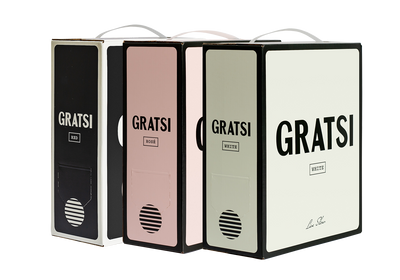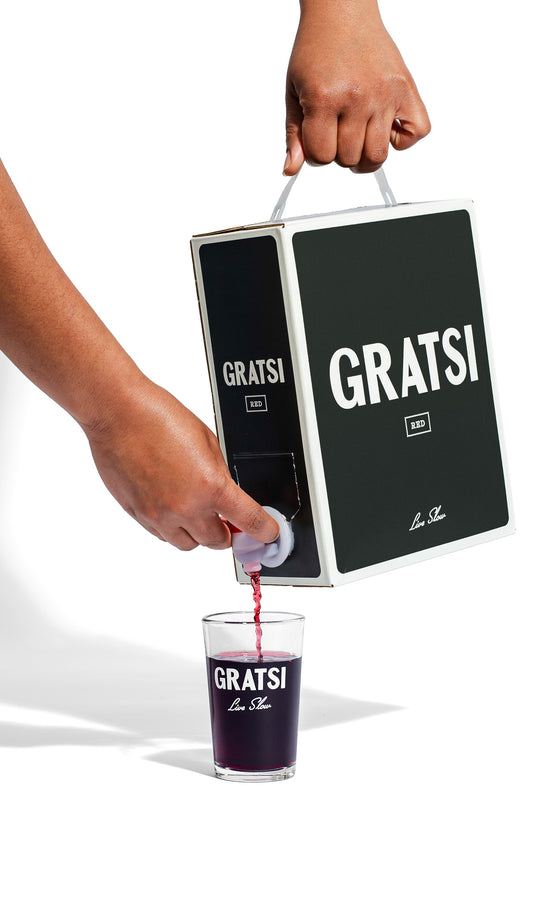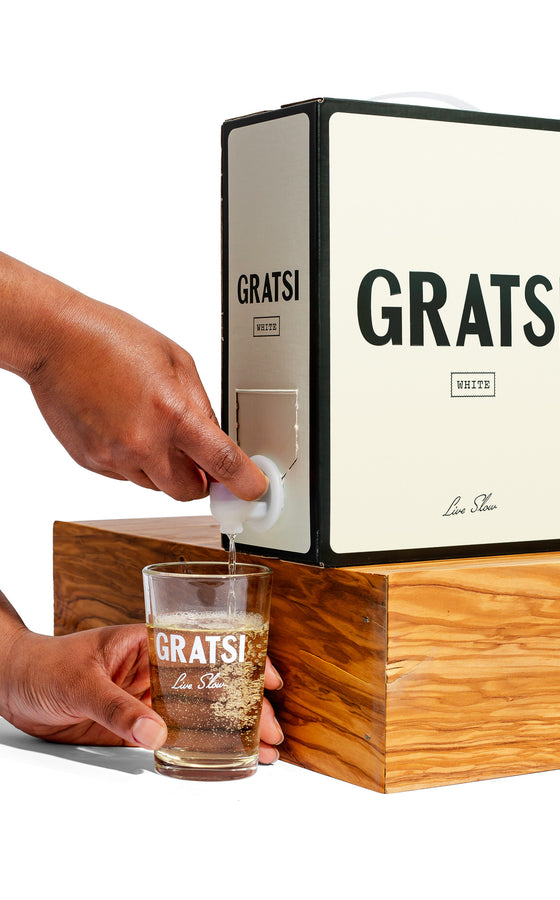How to Support Bees on Your Homestead

Get the Buzz
How to Support Bees on Your Homestead
By Jennifer Macleod
October 17, 2024
The buzzing of a bees wings can make some jump with fear, but for a homesteader the sound is as soothing as a cup of warm herbal tea. Why? Because bees serve one of the most important functions in agriculture: pollination. For our fruits and vegetables to produce the fruit we love to eat, their flowers must be pollinated. This can happen by the wind, by brushing against the plant, or by pollinators! Follow the tips listed here to invite bees into your garden and watch as they work magic to pollinate your plants and create an abundant harvest!
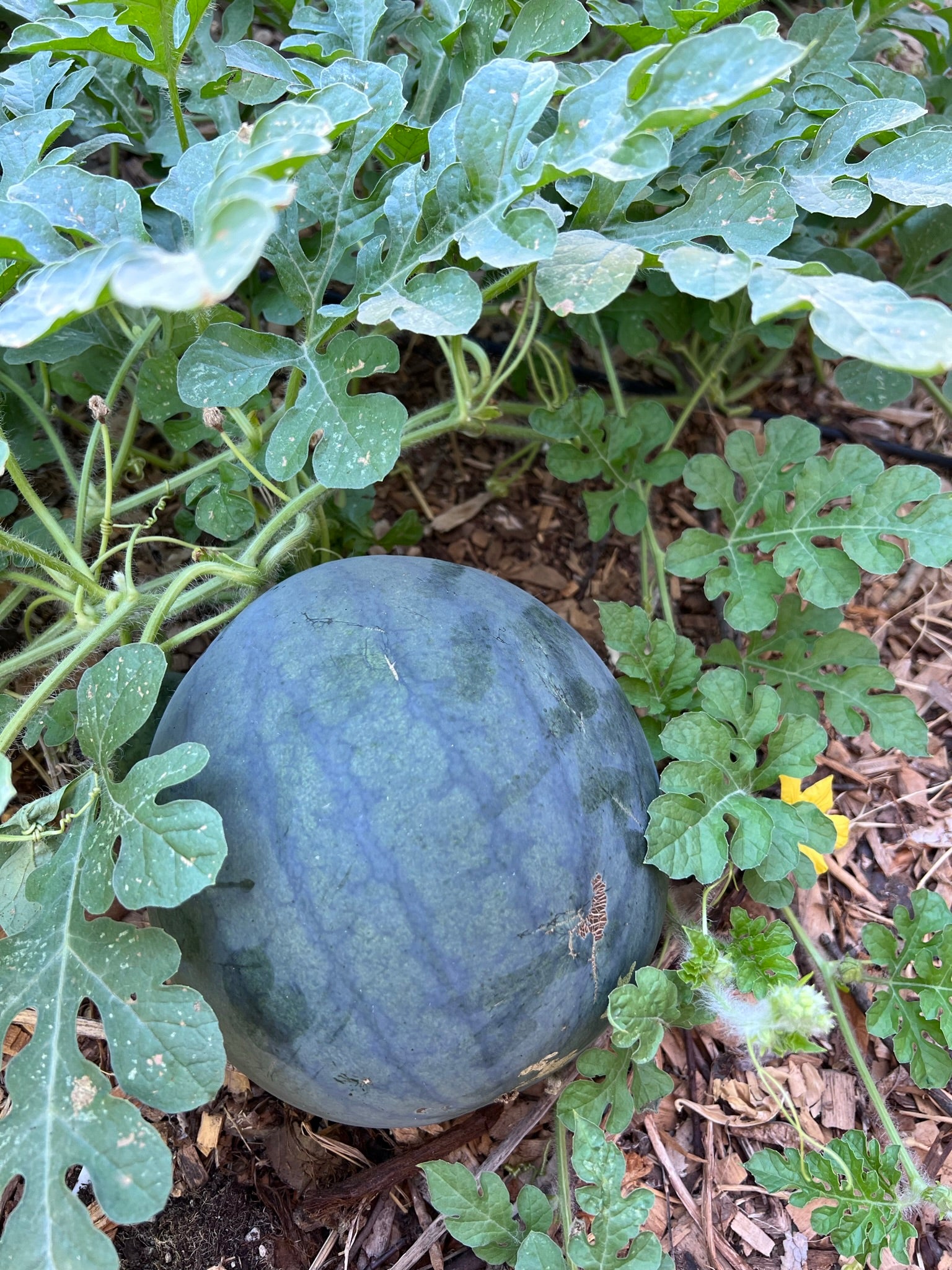
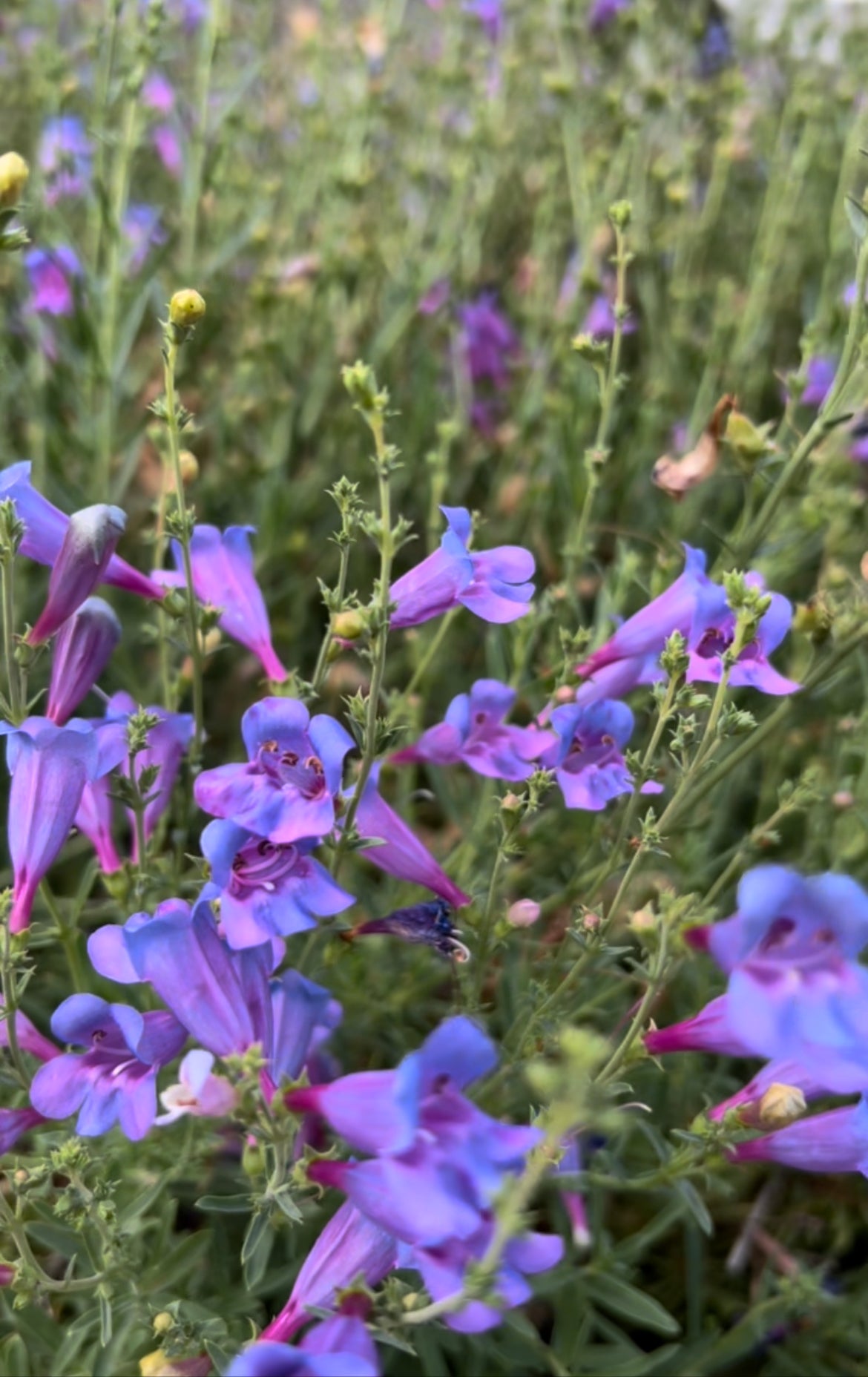
Let’s first start with a basic understanding of the different types of bees. Did you know There are over 20,000 known bee species in the world, and 4,000 of them are native to the United States? The honey bee is likely the most well-known bee, and although they are not native to North America, they are a helpful bee to have around pollinating crops like almonds and lemons. But many native bees are actually better equipped to pollinate plants in your local region! Native North American bees are the primary pollinators for squash, tomatoes, cherries, blueberries, and cranberries! There are bees that live in hives, like honeybees, and bees that are solitary, creating nests in the soil and leaf litter, and even in old logs! Keeping in mind the nature of different bee species will allow you to invite a variety into your space for effective pollination.
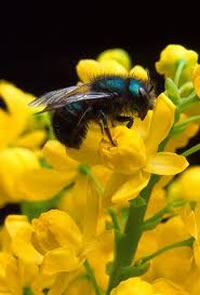
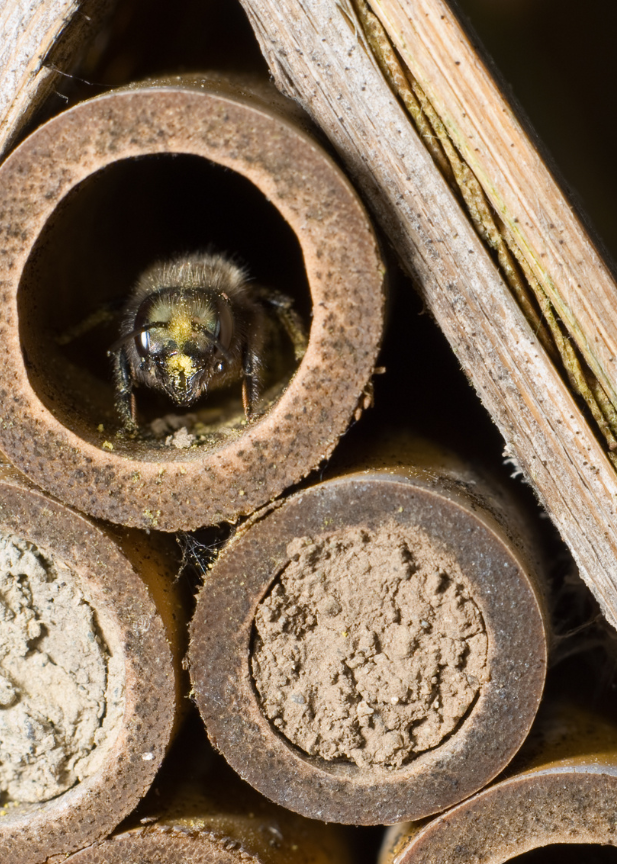
Now you know the difference between bee species, so let’s discuss how to invite them to your homestead! To create a space they want to hang around, you need to include all the elements that meet their needs of food, water and shelter. What do bees eat? Nectar! Plant flowers that bloom in different seasons to ensure you have a food source available to the bees year round. Plants labeled as “pollinator friendly” are a great place to start, and if you have access to a native plant nursery try finding native flowers the local bees will love! When maintaining your gardens, avoid the use of chemical herbicides and pesticides that are toxic to bees, such as products that contain neonicotinoids, organophosphates and others. You can get a full list of the chemicals to avoid online.


Bees also need water, so be sure to include a source in your garden. The simplest option is a bird bath you can fill with water and stones for the bees to rest on, and a more involved solution is a running fountain.
The third thing bees need is shelter. Honey bees make their own hive, but solitary bees like ground dwelling bees or mason bees will need materials they can nest in. You can provide this by leaving wood mulch on the ground, leaving a few logs around your property, letting spent flowers stalks remain through winter, and not over tilling the soil which can disturb their nests.
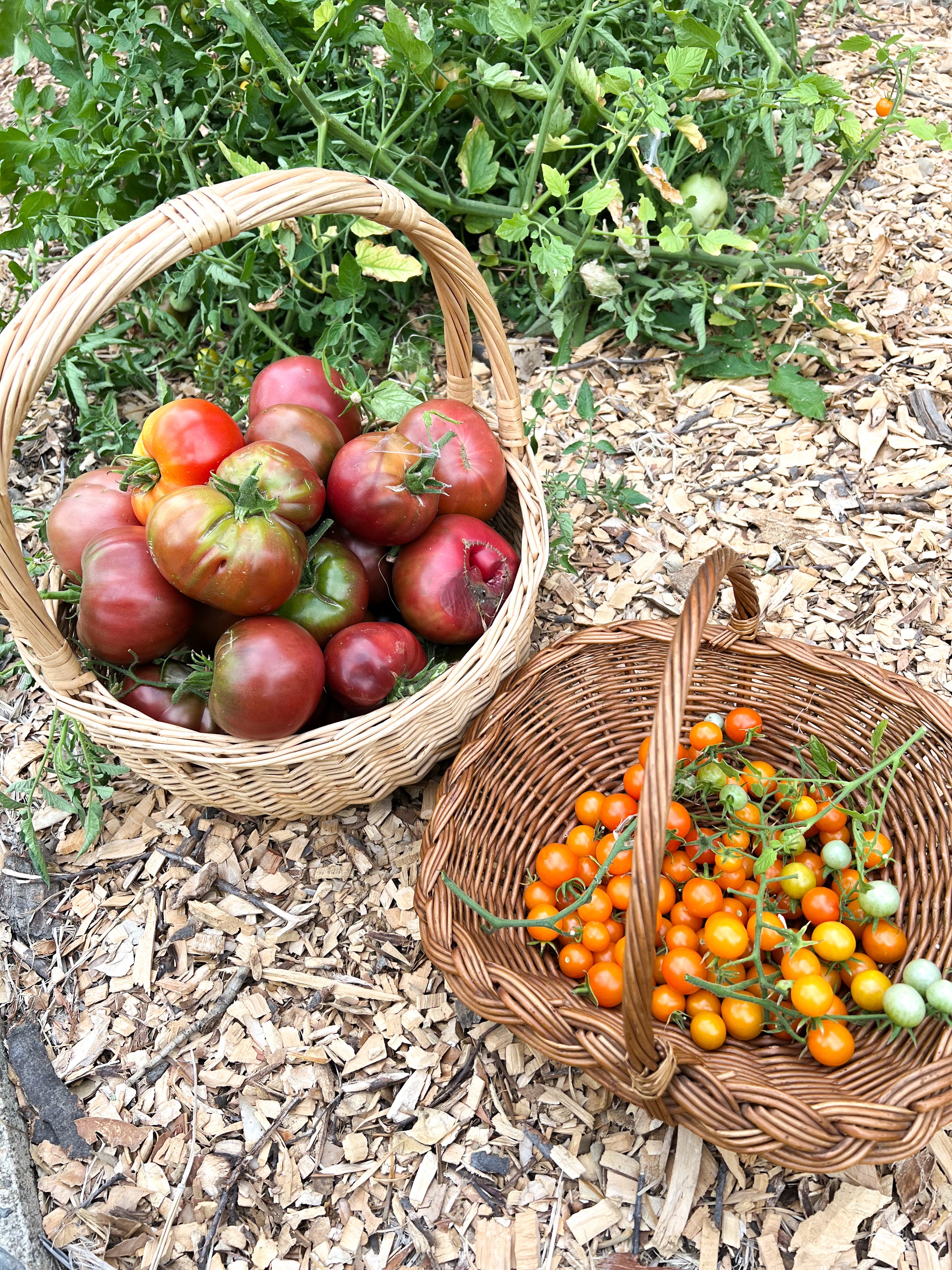
Following these tips will ensure your homestead is bee friendly by creating a space where they want to live, eat and pollinate! By investing a little time in creating a habitat for a variety of bee species, you can then sit back and let them do the hard pollination work for you. Your garden will thank you, and you will be thanking the bees!


